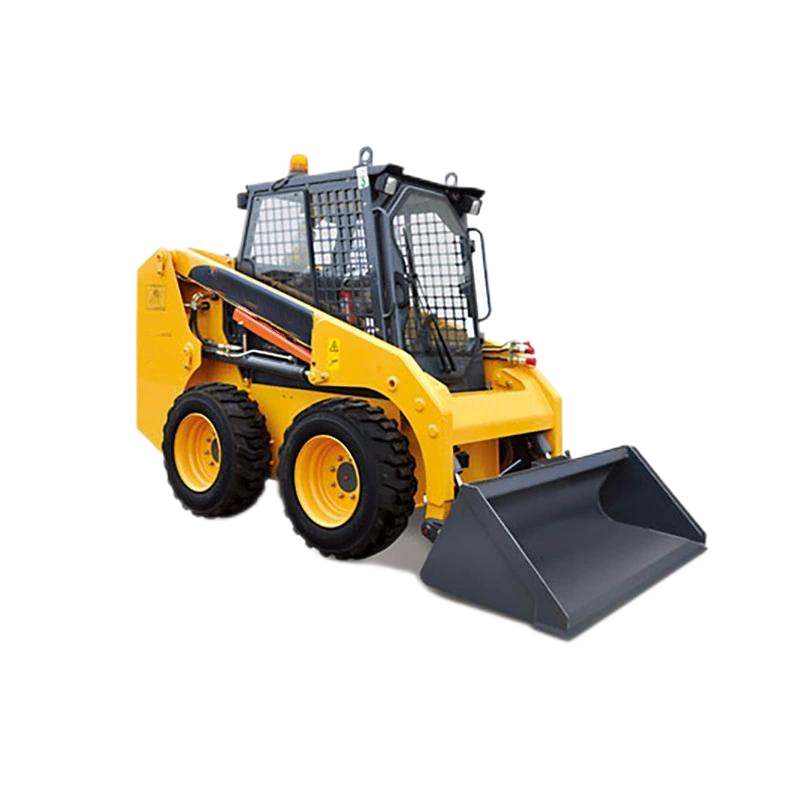A loader is a type of construction machinery widely used in fields such as engineering construction, agricultural production, and mining. Its core function is to load, transport, and stack bulk materials (such as soil, sand, gravel, coal, etc.). With its efficient operation capability and flexible adaptability, it has become an indispensable equipment in various engineering scenarios. Its main uses can be divided into the following categories:

In the early stage of construction, loaders can cooperate with bulldozers to level the site, clean up surface debris (such as stones, weeds), and lay the foundation for subsequent foundation excavation and house construction.
They transport building materials (such as bricks, steel bars, cement bags) from stacking points to the construction area, reducing manual handling costs.
One of the core uses is to load bulk materials such as sand, gravel, muck, and concrete into transport equipment such as dump trucks and mixer trucks. Through the lifting and unloading actions of the bucket, efficient transportation is achieved.
In road construction, they are used to pave sand and gravel bases, transport asphalt mixtures, etc., to assist in road paving operations.
- Ore and Slag Processing: In mining operations, loaders are responsible for loading blasted ores, slags, etc. into mining trucks and transporting them to crushing plants or concentrators; at the same time, they can clean up mine roads, pile up waste rocks, and maintain the operation order of the mining area.
- Underground Auxiliary Operations: Some small loaders can be used in underground mines to transport support materials, clean up slag in narrow spaces, and cooperate with tunneling equipment to complete operations.
They transport materials such as crops (e.g., grains, feed), chemical fertilizers, and agricultural films. In farmland transformation, they level the land, clean up stones and straw in the fields, and help with farmland consolidation.
They cooperate in the construction of silos, load silage, or transport manure and bedding in breeding farms.
They clean up miscellaneous trees in forestlands, transport logs, open firebreaks in forest fire prevention, or load fire-fighting materials.
- Urban Infrastructure Maintenance: In municipal engineering, they are used to transport asphalt and gravel when repairing roads, clean up construction waste; transport sludge when dredging sewers, or transport earth and seedlings in the construction of green belts.
- Sanitation and Waste Treatment: Equipped with attachments such as snow plows and sweepers, they can clean up urban snow and road garbage; in garbage treatment plants, they concentrate garbage into transport vehicles, improving the efficiency of sanitation operations.
- Emergency Rescue: After disasters such as earthquakes and floods, loaders can clean up collapsed ruins, open up rescue channels, and transport rescue materials and equipment.
- Port and Logistics: In ports and freight yards, they load and unload bulk goods (such as coal, grain), stack containers to assist in handling, or transport goods over short distances.
The core use of loaders revolves around "material handling". By replacing different attachments (such as breakers, forklifts, log grapples, etc.), they can also expand to diversified operations such as crushing, lifting, and grabbing. Therefore, they are known as "all-rounders in construction machinery" and play a key role in promoting the improvement of production efficiency in various industries.






